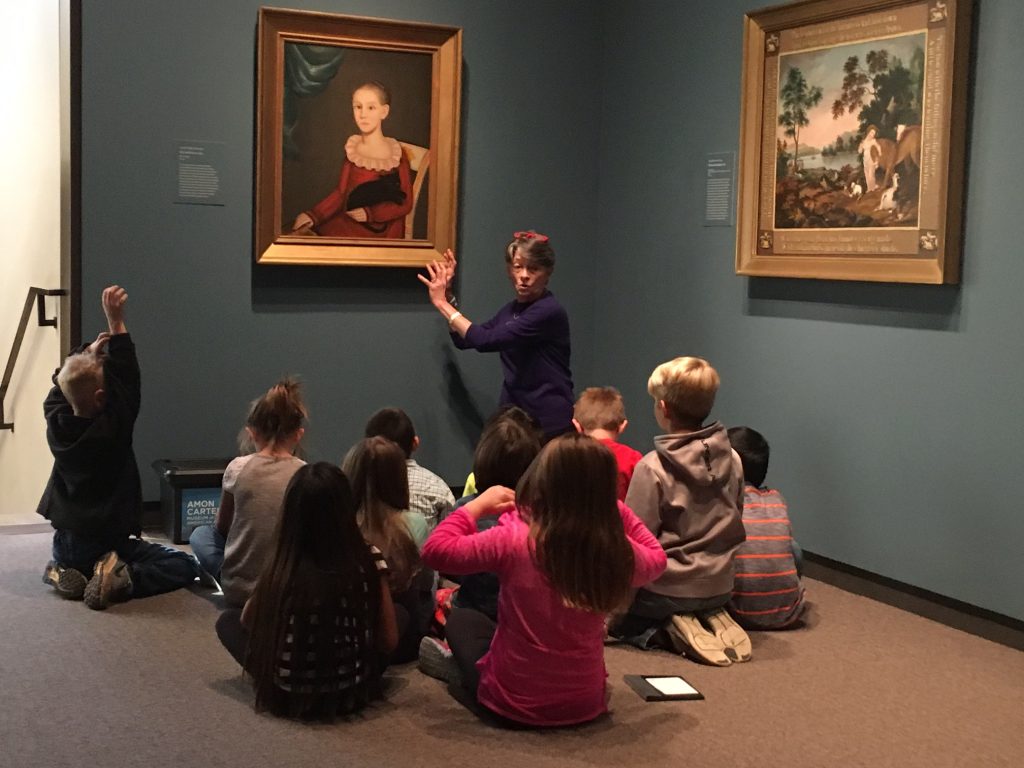In Chapter 13 of our textbook, there was one thing that they talked about which caught my attention. It was when they brought up and discussed perceptual qualities. The reason this stood out to me is because often enough I will look at something and think, “that looks like it should be sharp and pointy, but it actually soft and smooth.” I had not realized before that this was actually called something and referred to as a perceptional quality. I learned about the four different perceptual qualities and their attributes in works of art. The first one the chapter talked about was the sensory qualities and how they stimulate the senses. These senses cover the hearing, feeling, or seeing qualities which can be anything from textures, lights, or tones. This was the quality that I knew most and was familiar with. The second quality was formal quality which is how different works of art or presentations are related or put together. This to me was new as you have to look deeper at the art and look at the structures that could be compared to like balance and rhythm. If I were told to compare two works of art before knowing this, I would have only looked at colour and shape but there is so much more than that like emphasis and unity. The third was expressive qualities which is what makes us feel emotion when because of how that art piece looks. Often enough I would look at a picture or painting and would think, “well that makes me sad,” but I would never actually know what or why it makes me sad. I learned that it can be anything like the colour of it, dull or bright, sounds, movements, etc. The last perceptional quality is physical qualities and under this part the chapter talked about how works of art can be technical or physical in nature. An example they used to talk about this that I connected with was when they talked about the difference between a watercolour painting and acrylic painting. If two painters using each technique were to paint the exact same landscape, they would look very different. There are very different qualities to each. These four perceptional qualities are something to think about every time you view a piece of art as it will help you to look at it with different perspectives.
Chapter 18 of our textbooks talks about learning in an art gallery and what exactly that might look at. Something that stood out to me in this chapter was when they talked about guided tours and self-guided tours. The reason being is because I am an introvert and like to do things on my own and at my own pace. I have never been on a guide for anything before, but after reading this chapter, the next time I go into an art gallery I will definitely try to go on one. When thinking about a guided tour, especially in an art gallery, I pictured a group of people walking around silently with one person talking the whole time.
To my surprise, I was very wrong. Art gallery tours can include discussions and hands-on activities. Students would get to talk amongst the class, write down their thoughts, and draw what they see and feel. I also learned that sometimes the students are even invited to participate in physical activities like singing and dancing. When comparing that to a self-guided tour that would be put on by a teacher like myself, I might miss some of the key components or pieces of art. If I were to do so, I would go and browse the gallery before hand to get an idea of where I would want to take my students, etc. This has a little more flexibility for the teacher.

